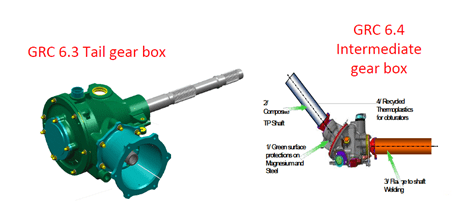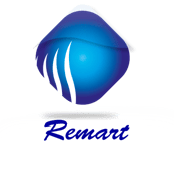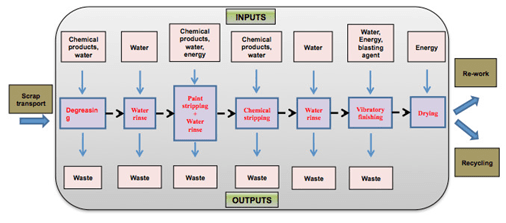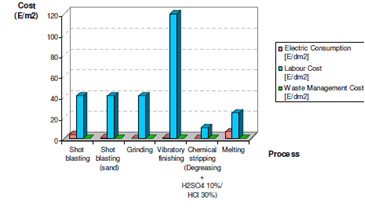Since April 2013, CIDAUT has been coordinating REMART project, carrying out the technical tasks in collaboration with 3 partners, CIDETEC, ITRB and PBLH and under the direction of AGUSTA WESTLAND as Topic manager.
This project has been developed in the domain of the CLEAN SKY JTI – Green Rotorcraft which has the aim to improve the environmental impact of the components in aeronautic and air transport sectors. Along the project, the REMART consortium has been involved in the optimization of the use of existing recycling technologies, designing an efficient and environmental recycling protocol for each piece or set of pieces of the HTS (Helicopter Transmission System).
The first step in this work was the development of a comprehensive survey of market surrounding the recycling of HTS. In parallel with the market survey of recycling processes a study and analysis of all materials and coatings used in the manufacturing of HTS was developed.
Once all materials were identified, just like their main coatings and surface treatments, each piece and their most suitable recycling processes were combined.
The next stage of the project was the quantitative evaluation of the recycling processes. With all this information, the development of a tool for designing and developing recycling protocols (as the one of the next figure for chemical stripping) for each component of the HTS was possible.
Example of Recycling protocol for chemical stripping
Two different demonstrator components (one from AGUSTA and other from AIRBUS Helicopter) were tested during the project (tail gear box and intermediate gear box see below figures) to validate the recycling protocols developed.
Pictures of the demonstrators of the project
The validation of the recycling protocols was performed using quantitative parameters from the experimental tests, as for instance, time of each process, surface quality after stripping (see next figure) and the risks for the environment.
Microscope Surface quality after different stripping process
Finally, the last stage of the project consisted on the cost-effectiveness analysis of the recycling cycles for each material and coating (see example for zinc plated component in below figure).
As one of the conclusions of the project, the stripping stages during the recycling process are a good procedure to get the initial characteristics of metal base. Nevertheless, re-using components will not be a common solution for the aerospace industry due to the high cost of the stripping process. This limitation can always be overcame with stricter environmental policies or by breakthrough from others recycling processes.
Funded by the European Commission: FP7 – JTI – CS – Joint Technology Initiatives – Clean Sky




